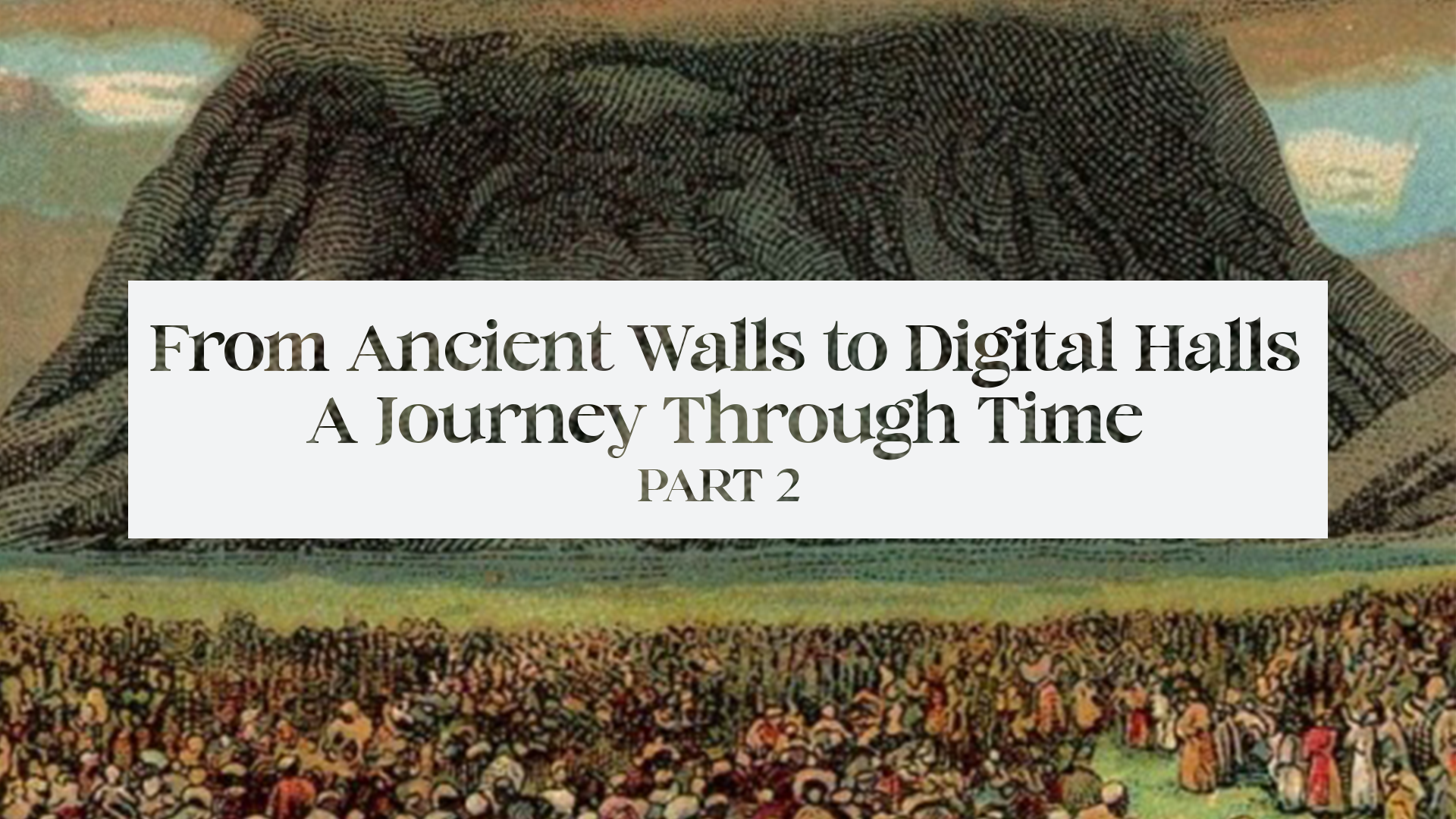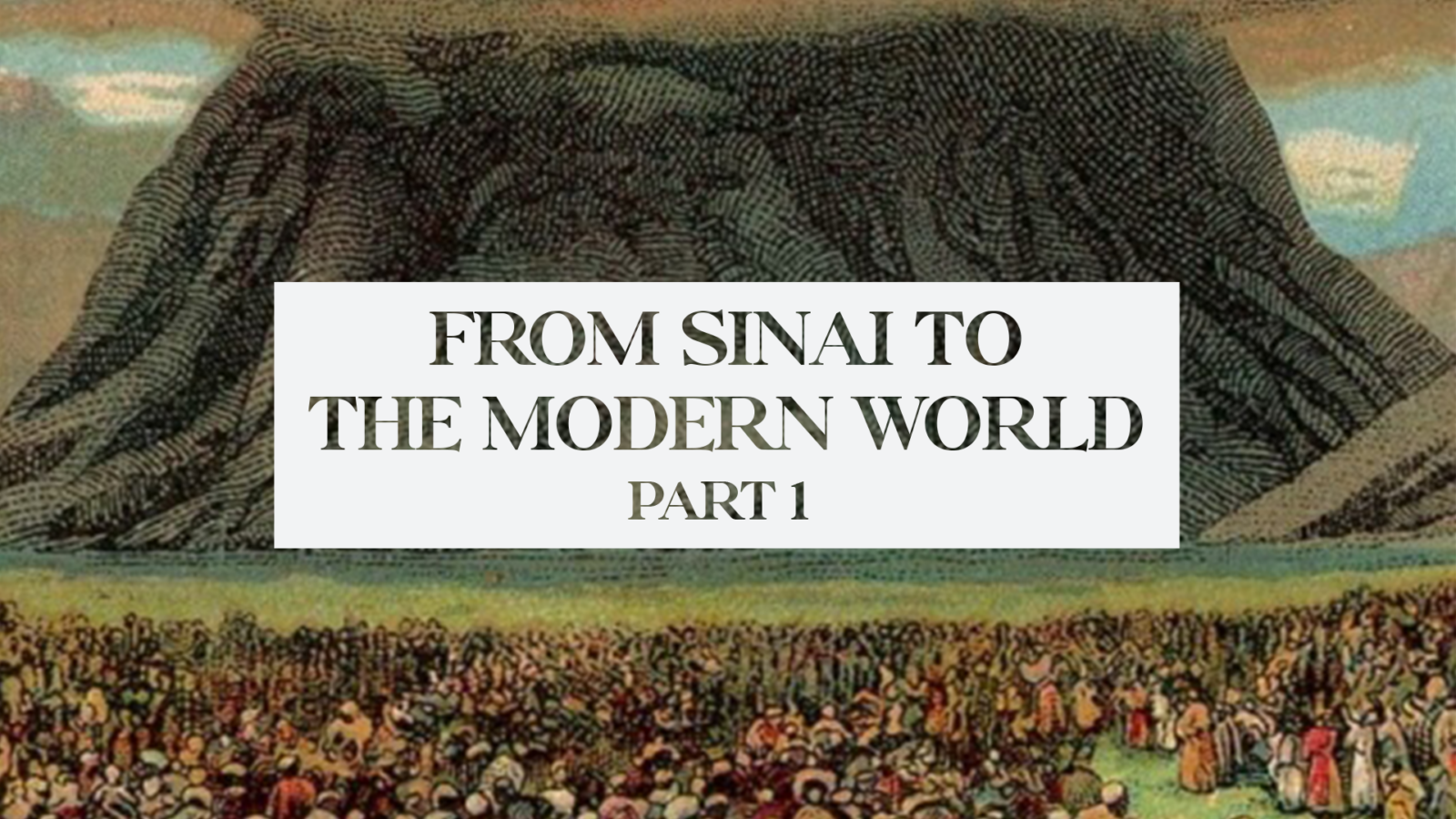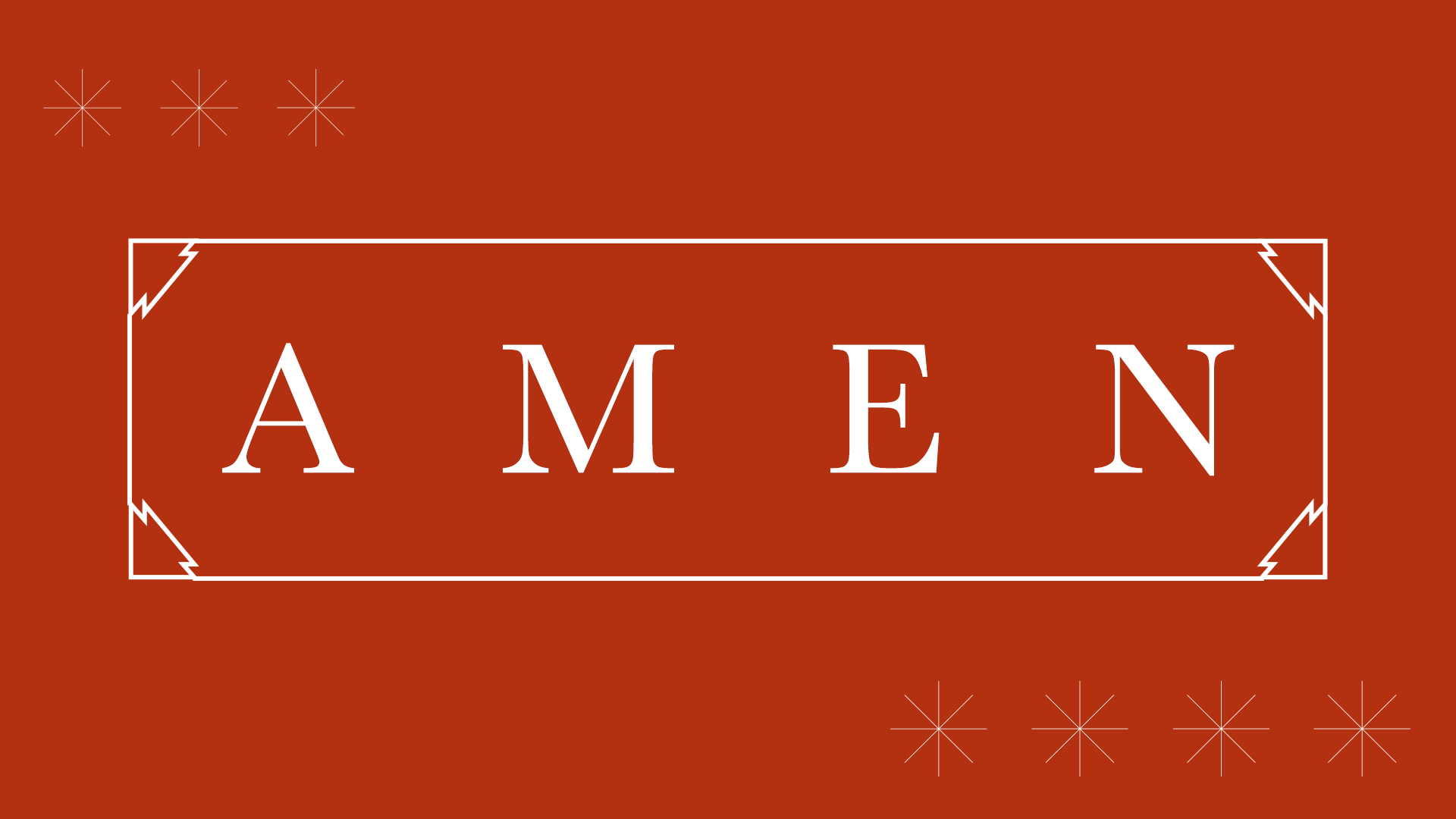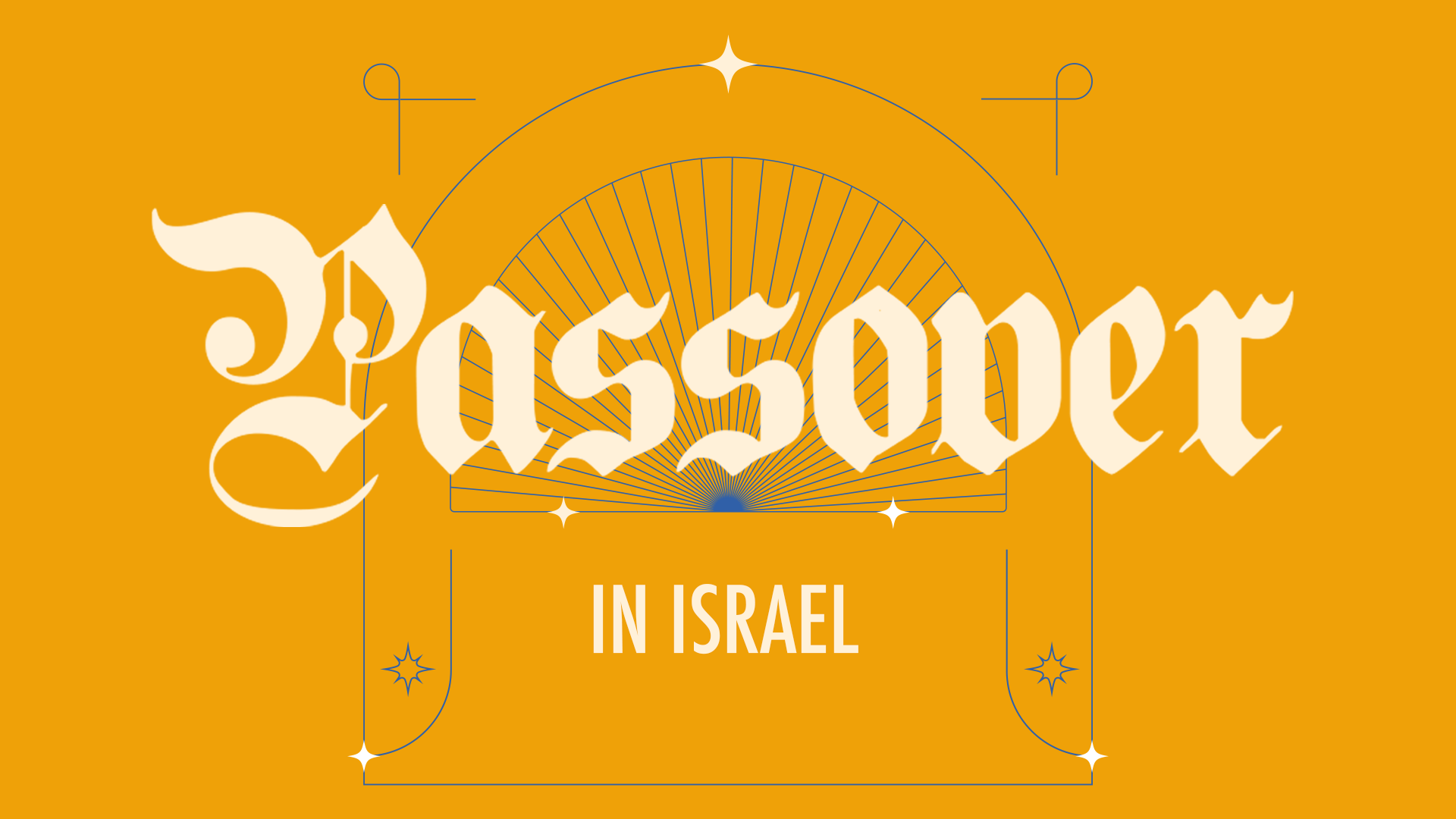Judaism at the Crossroads: From Ancient Walls to Digital Halls – A Journey Through Time – Part 2
The Evolution of Judaism: From Jesus’ Time to Today
Let us continue to explore the world of Judaism and its evolution throughout history. For the uninitiated Gentile Christian, it’s not uncommon to assume an equivalence between Yeshua Jesus’ faith and practice and that of contemporary Jewish people, but is that accurate? How does Yeshua’s Jewish experience we read about in the Gospels compare with modern Judaism? Has Judaism changed much throughout its history, or has it remained fundamentally the same? What might the future of Judaism hold?
The last two “Jewish centuries” have been a time of considerable upheaval. The period has been a perfect storm of three colliding and colluding factors: social re-engineering, social revolution, and mass genocide. Historically, few cultures have ever survived one of these phenomena intact. The fact that Judaism has survived this last century of upheaval speaks volumes to its resilience. Yet, it has not remained unscathed or unchanged. As we shared in part one of this blog, rather than remaining static through the centuries, Judaism has undergone a metamorphosis, albeit one that is almost certainly unfinished. What it will look like in the future is still being determined. What contributes to Judaism’s ambiguous future? This moment is the first time in nearly a millennium that a massive social change has occurred within Judaism. Not since the fall of the Babylonian academies and the end of the Gaonic period have we seen such a social shift.
For over one hundred years, Judaism has had to contend with three major social revolutions: the Haskala, Chassidut, and Zionism. Each of these has left its respective “stamp” on our history. At the outset, we should note that (technically) there has never been an enduring product of any revolution. Even the American Revolution did not give rise to the “United States of America,” but a confederation of states that failed within a decade (superseded by the U.S. Constitution in 1789). The reason for this historical “inevitability” is that revolutions are the fruit of idealism, which is, by nature, extremist. Extremism is ultimately untenable. The swirl of history that has swept up Judaism during the last century and a half has not yet allowed it to seek its natural balance.
Things formerly taken for granted—such as a Jewish person’s place in the world, their relationship to other religions, and even what defines a person as Jewish—have all been either changed or challenged. The words of Tevye in Fiddler on the Roof, “We have our space and they have theirs, we leave them alone and they leave us alone,” aren’t relevant to contemporary experience. Many issues (ranging from universalism to Jewish supremacy) that were more or less dormant for centuries have become a matter of ongoing debate, resulting in a broad spectrum of viewpoints.
With the social fiber of the Jewish people already under considerable strain from the various European political revolutions of the 1800s, the opening decades of the 20th century brought a profound unraveling to the cultural fabric that had nurtured and sustained the Jewish people for the previous 1000 years. This devastation culminated with the Shoah, the Holocaust. It forced a social re-engineering that was a radical departure from what had gone before. Essentially, it destroyed the Ghetto.
Since the destruction of the Second Temple (c. 70 CE), the Jewish people have dwelt in interconnected but isolated communities. This social construct limited engagement between Jewish communities. Consequently, varied expressions of Jewish life emerged, from standards of dress to halacha. Despite this geographical and social diversity, Jewish leaders always aimed for a Torah-centric balance and maintained diligence to stay within accepted limits.
What upset this way of life was that within a decade of WWII, the Shtetl [i] walls came permanently crashing down with the mass exodus of “European Jewry” from Europe (initially to America). This development was followed by a migration of “Oriental Jewry” from their traditionally Arabic homelands after the foundation of the modern state of Israel. In Western Civilization, the mid-20th century was also marked by the birth of the “Information Age” (e.g., radio and television) and a shift towards instant everything. Consequently, the way we did just about everything changed. Relative to the length of Jewish history, the culture fundamentally transformed in the blink of an eye.
[i] Yiddish term for a small town or village with a large Jewish population existing in Eastern or Central Europe in the 19th and early-to-mid 20th century
Our world has now entered the “Digital Age,” perhaps most evident in the rise of social media and its implications for Jewish life and faith. In times past, communal rabbis attended to their own (local) communities within the broad-based consensus of Daat Torah (Torah norms generally present in all Jewish communities). Digital echo chambers have replaced this cultural norm, refined by generations of practice. It’s common for people to flock to the internet to ask questions that they formerly would have posed to their family’s Rabbi. This unfortunate development has left the Rabbinate struggling to keep up and stay relevant while also applying unprecedented pressure upon them to conform to popular opinion. This trend has tended to exacerbate extremism as opposed to bringing Judaism back to a point of balance.
Since the end of the Nazi Holocaust and the establishment of the modern state of Israel, there has been an ongoing Jewish sentiment (that many believed the rest of the world shared): “Never Again.” It brought comfort and a sense of stability. This presumed consensus came crashing down on October 7, 2023. Since then, Jewish people worldwide have watched in horror as antisemitism has soared to heights not seen since the 1930s. Who could have imagined the antisemitic protests happening on college campuses and hate-filled marches in the streets of our cities? Pogroms are again happening in European cities.[i] According to FBI crime statistics (U.S.), Jews—America’s smallest minority population—are the recipients of more than double the “hate crime” attacks suffered by the next most-persecuted minority (African Americans),[ii] with the FBI reporting that the Antisemitism is still on the rise.[iii] Horrifically, we may well be on the precipice of another significant persecution of Jews.
[i] Pogrom is a Russian word meaning “to wreak havoc, to demolish violently.” Historically, the term refers to violent attacks by local non-Jewish populations on Jews in the Russian Empire and other countries
[ii] https://cde.ucr.cjis.gov/LATEST/webapp/#/pages/explorer/crime/hate-crime
[iii] https://www.fbi.gov/file-repository/fbi-executive-update-antisemitism-a-persistent-driver-of-transnational-violent-extemist-narratives-and-attacks-052523.pdf/view
And so, our social upheaval continues.
Lawyer and high-level political advisor Marc Nuttle described a conversation from his time in the State Department when the former Soviet Union started to break apart. One of (Russian leader Boris) Yeltsin’s advisers asked him: “If we allow this to happen will my children see the prosperity that your children see in the US?” Marc answered, “No. It will take at least two generations. Your great grandchildren will begin to see it.” Nuttle explained that such social transformation would take considerable time to reach its necessary balance. His story concludes with the Russian official thoughtfully commenting, “It is worth the sacrifice.”
The question that seems to be facing every Jew today is whether all that will be necessary for Judaism to regain its balanced center will be worth the sacrifice. While many of those who live today may never be known as heroes of the Jewish faith, their decisions and actions may very well determine the next 1000 years of Jewish history. What will Judaism look like then? I’m not sure anyone knows other than to say that it will significantly differ from what Judaism has been.








